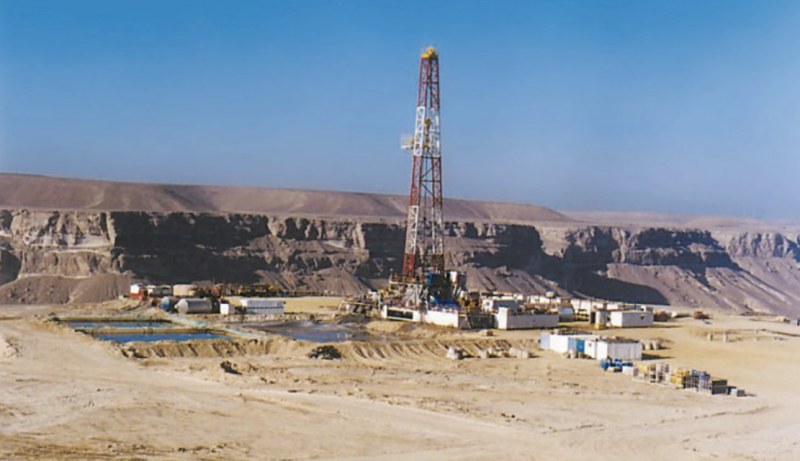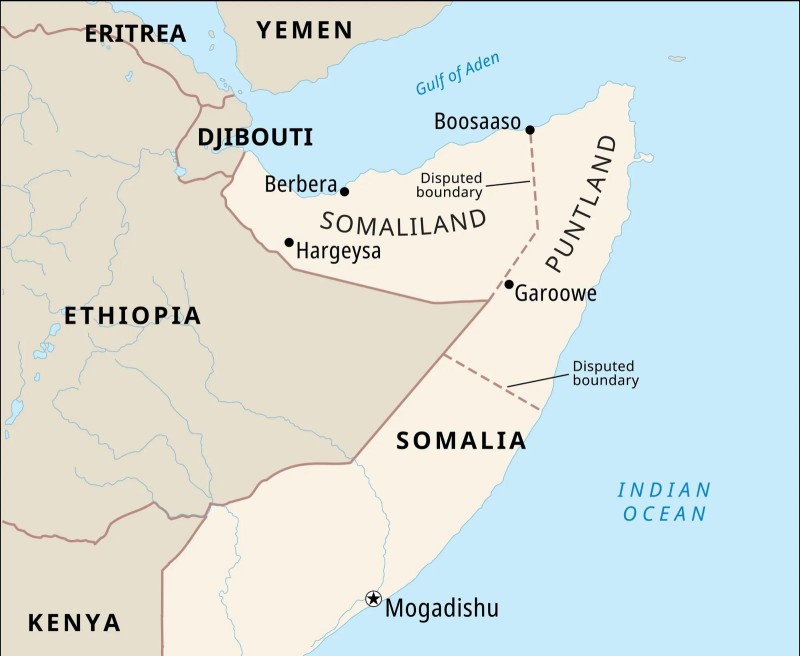Frankly Speaking: What will it take for Houthis to assist in demining Yemen?


The normalization of relations between Saudi Arabia and Iran has so far failed to improve the behavior of the Houthi militia in relation to its use of landmines in Yemen, Ousama Al-Gosaibi, managing director of Masam, the Saudi Project for Landmine Clearance, has said.
He says he is optimistic about the Saudi-Iran deal, but as of yet there has been little impact of the agreement on landmine clearance in Yemen.
“I appreciate that Iran and Saudi Arabia have reached that accord. I think in the long run it should help the whole area and should reshape some of the relationships that exist in this area,” Al-Gosaibi told Katie Jensen in the latest episode of the Arab News “Frankly Speaking” show.
“How is that impacting mine action in Yemen? I don’t think we have seen any improvement on the issue of landmines in Yemen yet.”
Eight years have passed since the Iran-backed Houthis overthrew the internationally recognized government in Yemen, causing a war that has killed hundreds of thousands and created one of the world’s worst humanitarian crises. The country is littered with landmines as a result of the conflict.
Often referred to as the perfect soldiers — never needing to eat, sleep, or ever leave their post — landmines can remain in the earth for years even after the end of hostilities, posing a lasting threat to civilians, particularly children, unless they are painstakingly cleared.
When Saudi Arabia and Iran signed their historic normalization deal, brokered by China, on March 10 this year, there were hopes that the Houthis, long armed and funded by Tehran, would cooperate with demining efforts.
But despite the Houthis being a signatory of the Stockholm Agreement, which requires them to hand over details of what explosives have been planted and detailed maps outlining where they are located, progress has failed to materialize.
“That has not happened to date,” said Al-Gosaibi. “So as far as our work is concerned, I have not seen any improvements.”
For Masam, the battle against landmines has been an uphill one. The movement of the front line over the course of the conflict has meant that areas once liberated by the Yemeni government and cleared by Al-Gosaibi’s teams have since been retaken and re-mined by Houthi forces.
“We have cleared over 400,000 items. That includes mines, both anti-personnel and anti-tank. That includes a huge number of UXOs, unexploded ordnance, and an even huger number of improvised explosive devices,” he said.
“When you talk about the Masam project, (we) have cleared to date over 7,800 improvised devices such as rock mines in Yemen. This number did not exist anywhere else in the world. This number is mind-boggling. This has never ever happened anywhere else in the world.”
According to some estimates, Yemen is awash with more landmines than were used during the Second World War. Asked how many landmines have been planted in Yemen, Al-Gosaibi could offer only a ballpark figure, such is the paucity of data provided by the Houthis.
“I would say anywhere between 1 and 2 million mines. These are newly laid mines. I’m not taking into account mines that existed in Yemen prior to the Houthi problem.”
The Ottawa Treaty of 1997, often referred to as the Mine Ban Treaty, relates to anti-personnel mines, but does not refer to anti-tank mines. Al-Gosaibi says the Houthis have taken advantage of this grey area to create improvised explosive devices, or IEDs, using anti-tank mines.
“Instead of having an anti-tank (mine) that would explode at a weight of about over 120 or over 150 kilograms, they reduced it to less than 10 kilograms. That, if a child walks over those pressure plates, you won’t find anything left of him. So, you can imagine what would happen to a human if an anti-tank mine explodes next to him.
“But the problem is, to date, these improvised mines, the improvised IEDs, are not within the international community terminology. They have not found a terminology, but they have not come up with any rules or regulations that talk about them.”
Al-Gosaibi estimates that the number of people maimed and killed by landmines in Yemen over the course of the conflict is in the thousands. As there are several mine action groups working in different parts of Yemen, there is no single database on victims.
“There’s a stigma that’s always associated with mine accidents in Yemen,” said Al-Gosaibi. “You have women who’ve got divorced because they’ve lost a limb. A man who’s lost the ability to support a family of seven or eight because of a mine accident.
“The UN announced last week that more than half of the accidents that happened to children in Yemen are directly related to mines. That’s a huge number. Mines affect the education system, the medical system, water supplies, farmland, (grazing) land.”
And civilians are not the only ones in danger. Several members of Al-Gosaibi’s staff have been wounded or even killed while clearing landmines and explosive remnants.

Aden – Malaysia and Algeria have reiterated their firm positions in support of Yemen’s unity, sovereignty, and territorial integrity, w…

The Arab League, the Muslim World League, and several Arab and Islamic countries have called for an immediate halt to military escalation in Yemen,…

Hargeisa -- In the first international recognition since it declared independence from Somalia in 1991, Israeli Prime Minister Benjamin Netanyahu a…